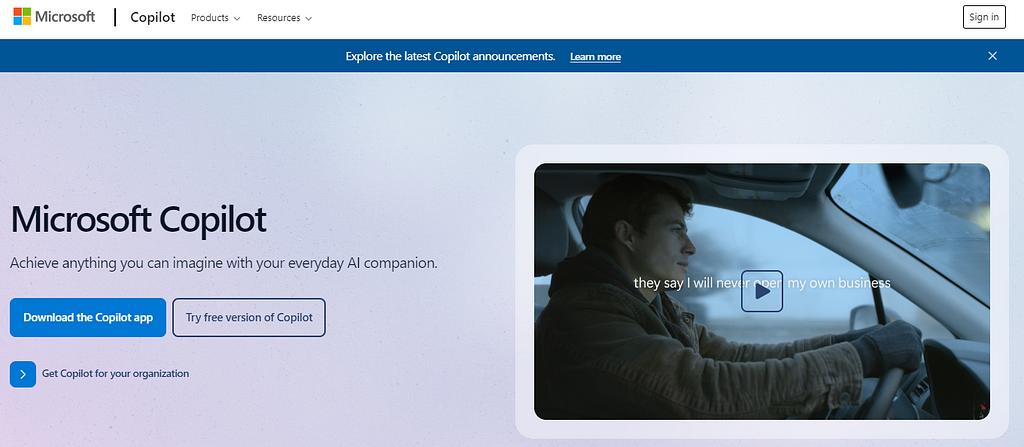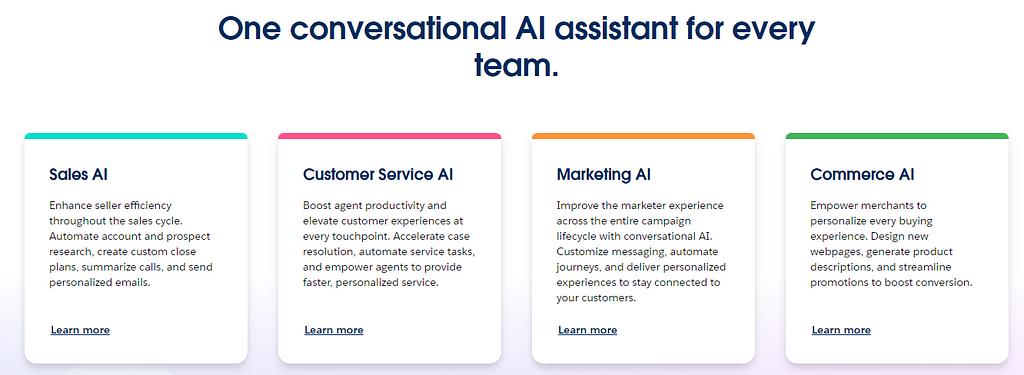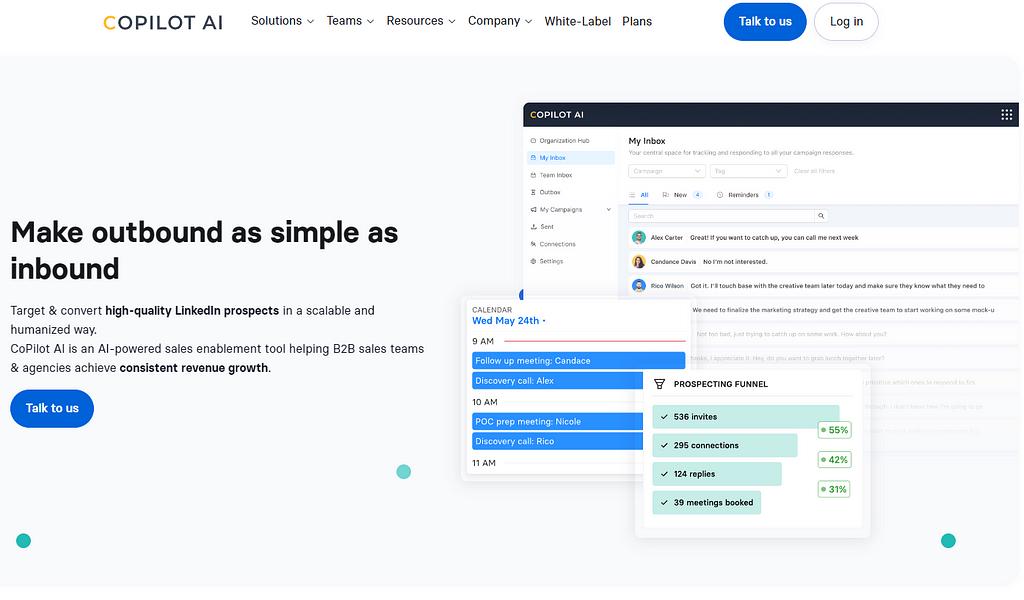Post
Copilot: The Term Taking over AI
Posted on March 19, 2024 (Last modified on December 24, 2025) • 3 min read • 517 wordsThe evolution of artificial intelligence (AI) over the last few years is one of the most remarkable tech narratives of our time.

Its rapid development has not only revolutionized industries worldwide but has also ignited intense debates about its implications. From enhancing efficiency in manufacturing to personalizing online experiences, AI’s transformative power is undeniable. Yet, as it infiltrates deeper into our daily lives, questions about its ethical boundaries, job displacement, and societal impact have sparked vigorous discussions.
Now, for the first time, we’re starting to see a shared bit of branding emerge across AI platforms and offerings, to perhaps placate some of those objections: the rise of the AI “Copilot”.
Copilot
It’s a tremendously clever bit of branding. In real life, copilots serve a valuable function, making the lives of pilots easier, acting as a second-set of eyes on important readings and gauges and navigation and all the other stuff they have up at the front of the plane. They’re part of a team that helps ferry you safely to your destination. But what they’re not is really why we’re seeing so many brands shift the conversation to AI “Copilots”. Copilots don’t replace pilots. They’re helpers. And there’s an implication of hierarchy, that co-pilots report to pilots in the chain of command. That the pilot is usually the more experienced of the two. Or at least that, in a disagreement, the pilot casts the ultimate deciding vote. And that’s the real bit of branding at work here. Transforming the way business users, consumers, and the world “see” artificial intelligence in action. Not as an existential threat, but as a support system.
Copilots Everywhere
And what do I mean when I say the branding is “taking over” AI. I mean it’s everywhere! Microsoft’s Bing Chat has now become Microsoft Copilot.

Salesforce’s Einstein Copilot offers product and platform specific “Copilots” to aid users on the platform’s various tools as well as their individual org’s automations and best-practices.

With specific copilots for sales, service, marketing, and commerce.

GitHub Copilot acts as a similar tool in VSCode to help users get inline code suggestions while writing and iterating on code, start a chat conversation to generate or refactor source code, produce documentation comments, or generate unit tests, get help with fixing errors in your code, or resolve error while running commands in the terminal, and more.

And that’s just the tip of the iceberg as additional products, services, and brands add their own AI Copilots into the UX…

(or even build entire companies around the concept).

But it’s no surprise given the effectiveness of the phrasing. What is surprising, perhaps, is the lack of trademark as we watch so many billions (trillions?) of dollars in tech valuation share what is a essentially our first home-run in terms of AI marketability. It’s Band-Aid-ification or Kleenex-ification, but without the middleman — a gold rush to generate and retain positive impressions on the role, effectiveness, and ubiquity of artificial intelligence as it continues its development. At this rate, I wouldn’t be surprised if by the end of 2024, “Copilot” is in the running for our word of the year. Until then, keep working hard, smart, and happy. And we’ll see you in the cloud.